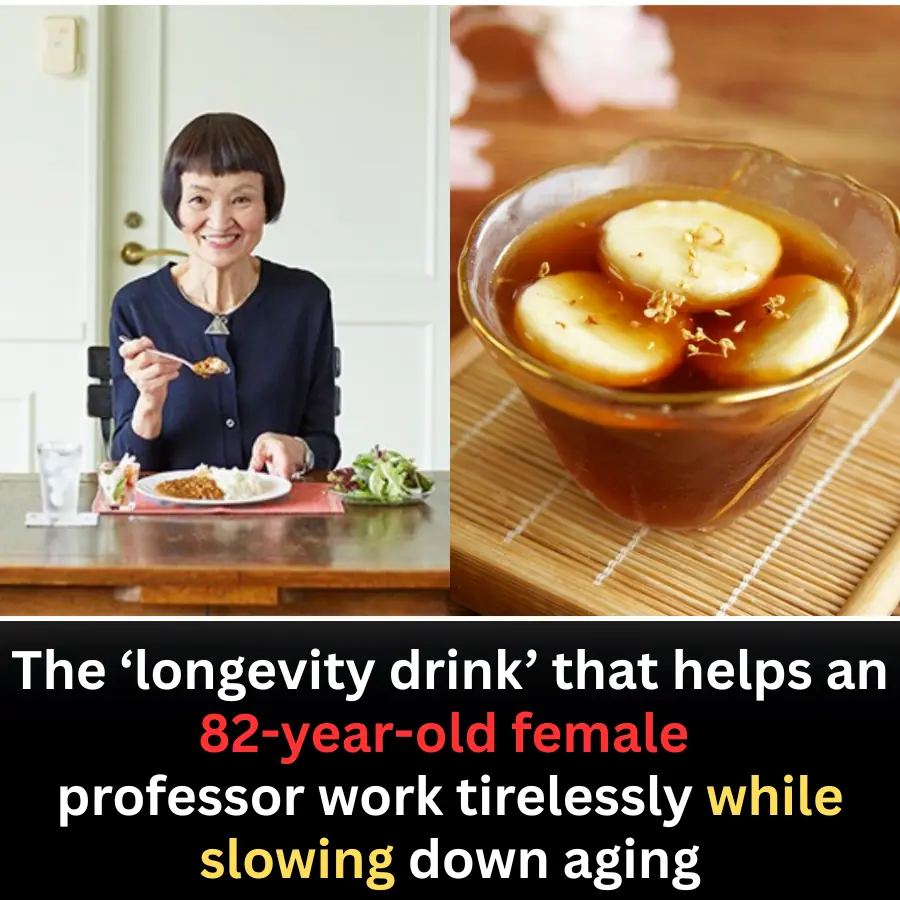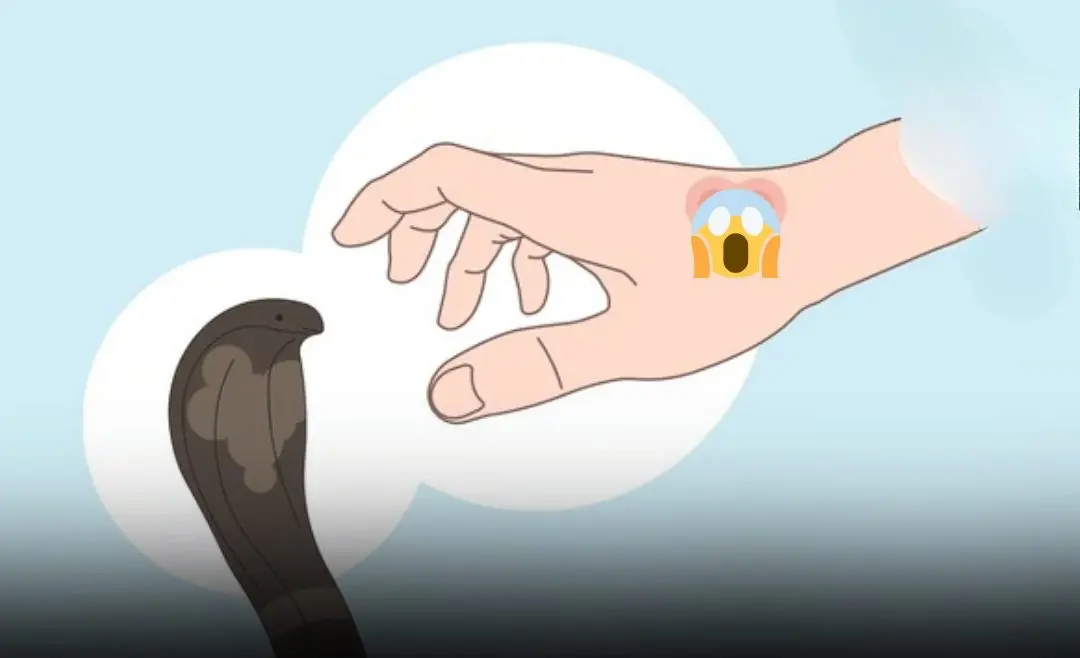
No Fancy Tricks Needed: American Experts Reveal the Best and Safest Way to Remove Pesticides from Fruits and Vegetables!
No Fancy Tricks Needed: American Experts Reveal the Best and Safest Way to Remove Pesticides from Fruits and Vegetables!
While many tips for washing fruits and vegetables are shared online, according to experts, this is the most effective method.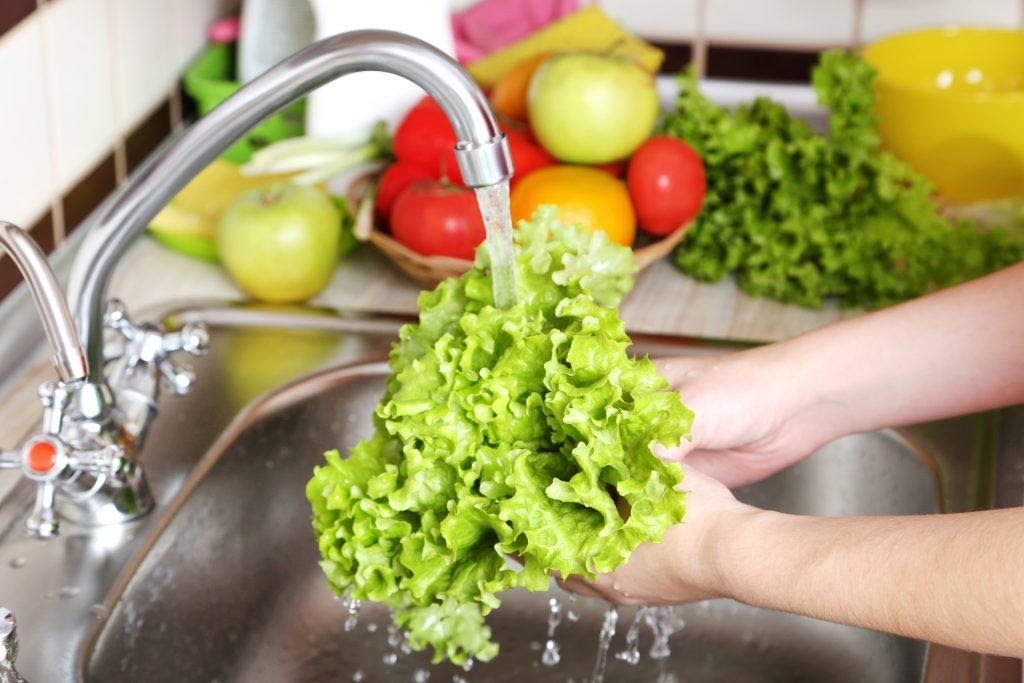
When it comes to washing produce, what most people care about is how to completely remove pesticide residues. The internet offers many hacks like using white vinegar, baking soda, or special cleaning solutions. However, according to experts, the most effective and safest way is still simply rinsing under running tap water.
According to HuffPost, Dr. Kelly Johnson-Arbor, a medical toxicologist and Medical Director at the U.S. National Capital Poison Center, states:
Using running tap water is the simplest and safest way to remove pesticides and bacteria from fruits and vegetables.
She does not recommend soaking fruits and vegetables in water, because although soaking can help remove some pesticide residues, stagnant water may promote bacterial spread and increase the risk of contamination.
Additionally, both the U.S. Centers for Disease Control and Prevention (CDC) and the Food and Drug Administration (FDA) agree: it’s best to wash fruits and vegetables under running water and avoid using solutions like vinegar, soap, or chemical food cleaners.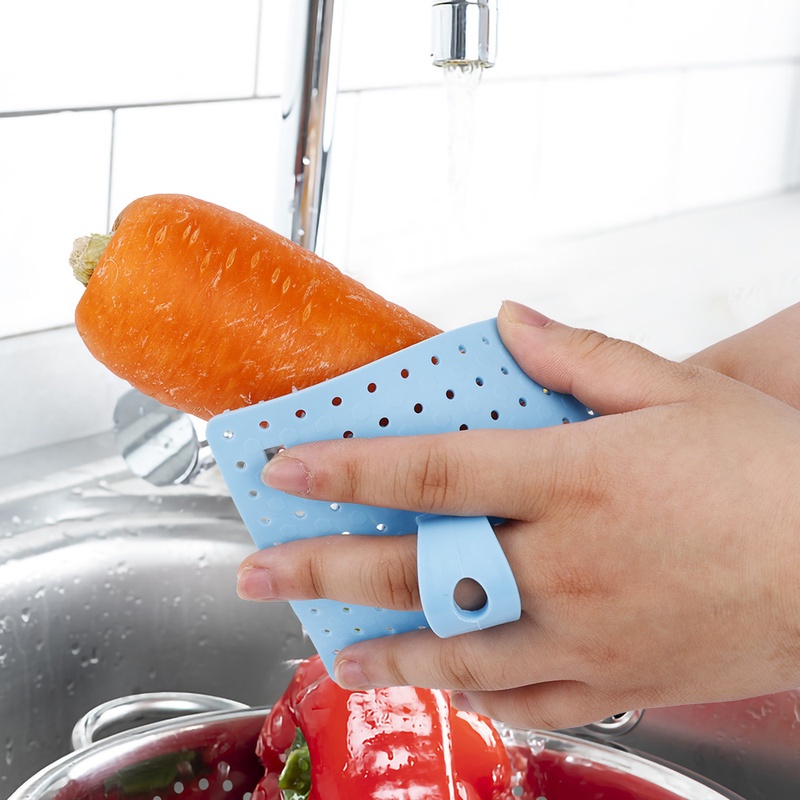
The reason is that fruits and vegetables can absorb liquids. If you use these cleaning agents, they might seep into the produce and affect your health. According to Emma Laing, Director of Nutrition at the University of Georgia, many commercial produce washes have not been thoroughly tested for safety and effectiveness.
Even though rinsing under running water is the best method, each type of produce has a different structure and may require a different approach when washing.
Here are a few tips:
-
Berries and vegetables with crevices like strawberries and cauliflower: Gently rinse under running water. Avoid scrubbing too hard to prevent damaging the surface, which can create entry points for bacteria.
-
Leafy vegetables with rough surfaces or multiple layers like cabbage and bok choy: Separate the leaves and thoroughly rinse each one to remove dirt and bacteria.
-
Green leafy vegetables like kale or lettuce: Should be separated and individually rinsed under running water. Avoid soaking an entire bunch in a basin.
-
Thick-skinned fruits like cantaloupes and mangoes: Should also be washed thoroughly before peeling, even though you won’t eat the skin. This prevents bacteria from transferring from the skin to the flesh during cutting.
Additionally, using a special produce brush is a highly effective but often overlooked method. The friction from the brush helps remove dirt, bacteria, and pesticide residues from the surface.
In summary, the best way to wash fruits and vegetables is simply by rinsing them thoroughly under running water. There’s no need for chemicals or special cleaning solutions. Washing properly and thoroughly is enough to significantly reduce pesticide residues and bacteria.
News in the same category

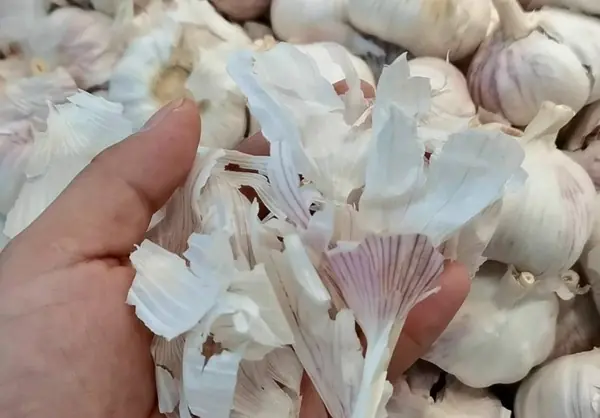
Garlic skins may seem useless, but they can be surprisingly helpful in daily life

Mixing Toothpaste with Salt: Surprising Uses and Benefits You Can Try at Home

The ring you pick will reveal your truest trait
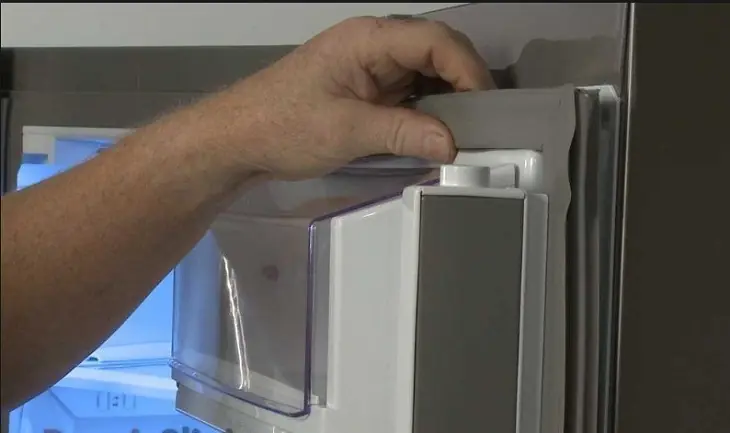
The right way to clean your refrigerator’s rubber door seal
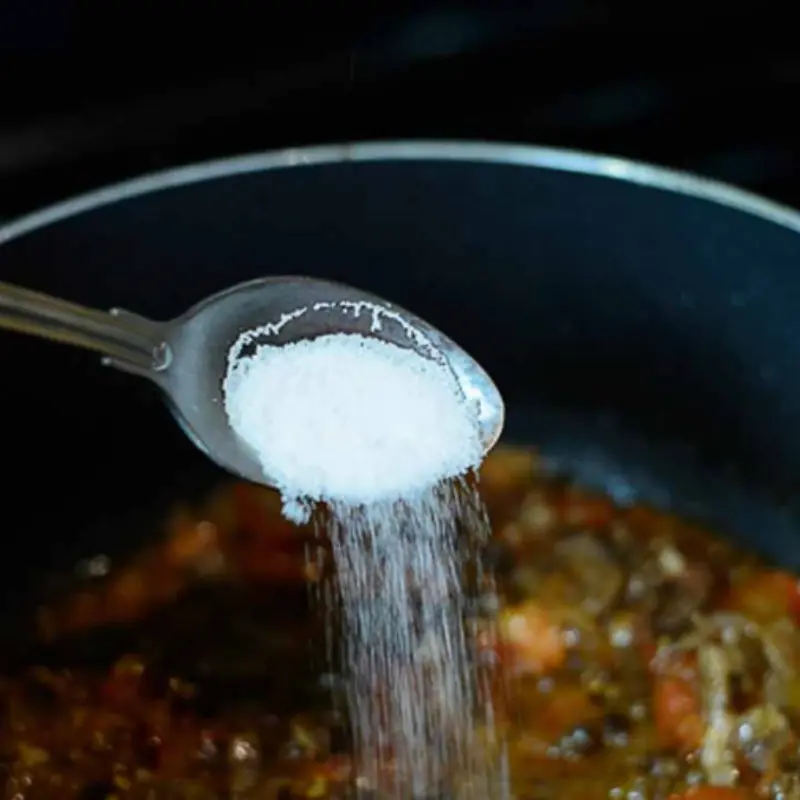
Oversalted your dish? Don’t dilute it with water—add this one ingredient to balance the flavor fast.
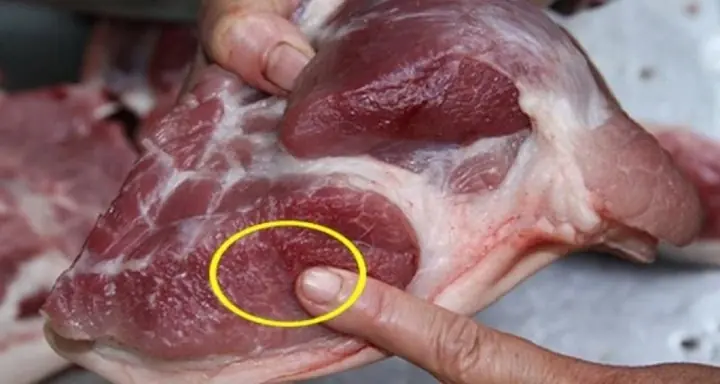
Butcher’s Honest Advice: When Buying Pork, It’s Best to Avoid These Three Types — Only the Uninformed Like Them
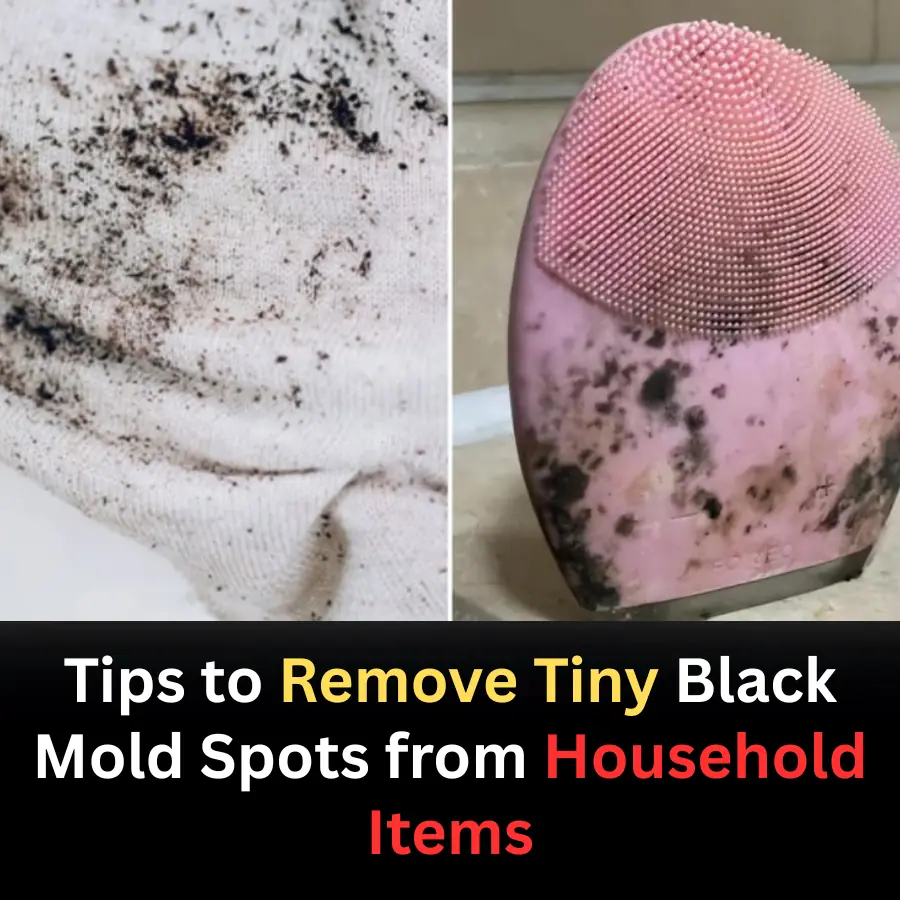
How to Effectively Remove Black Mold Spots from Household Items
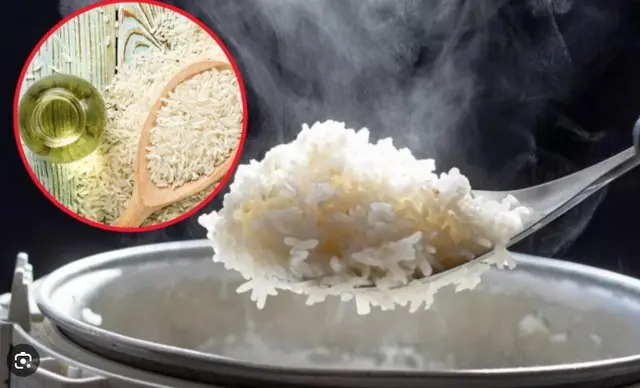
Many people cook rice every day—but still get it wrong: 4 simple tips for tastier rice and better digestion
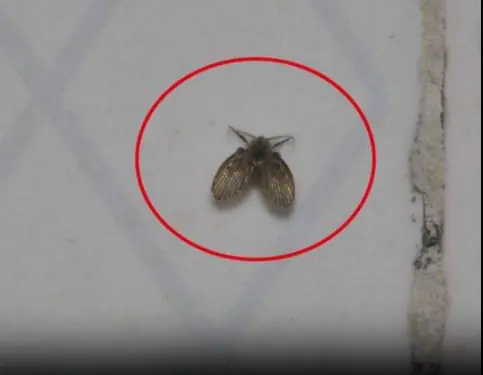
Little Black Bugs in the Bathroom? Here’s What They Are & How to Get Rid of Them for Good
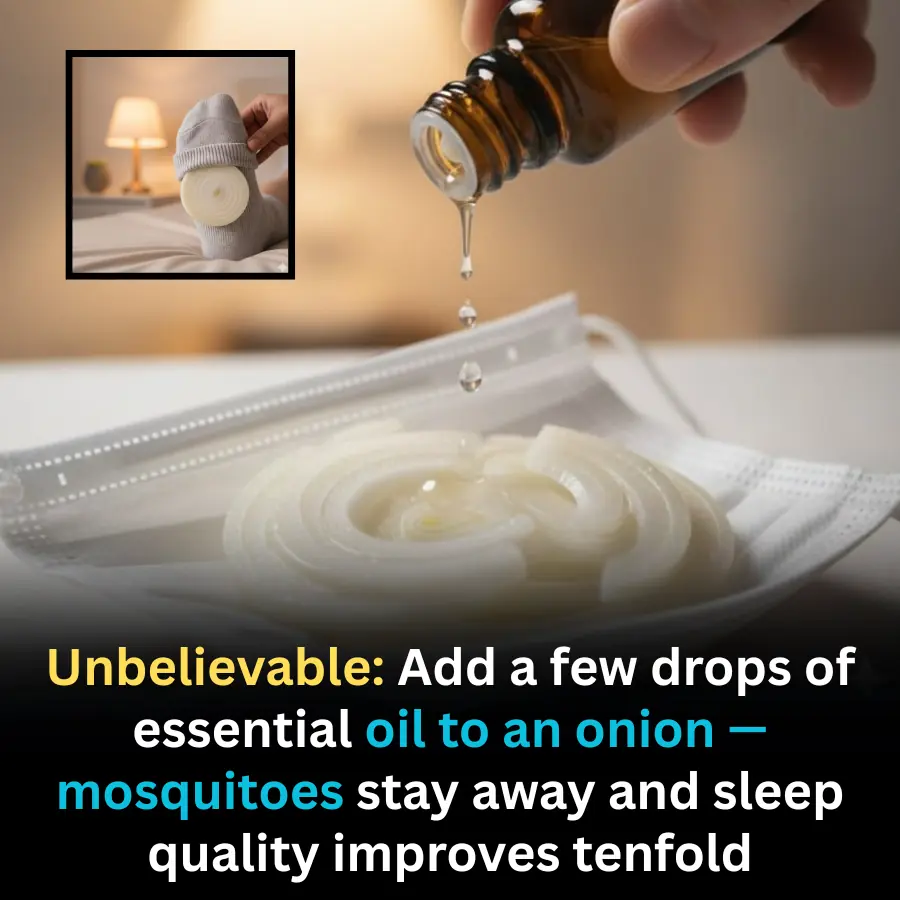
Add a Few Drops of Oil to an Onion: A Simple Home Trick That Repels Mosquitoes and Improves Sleep
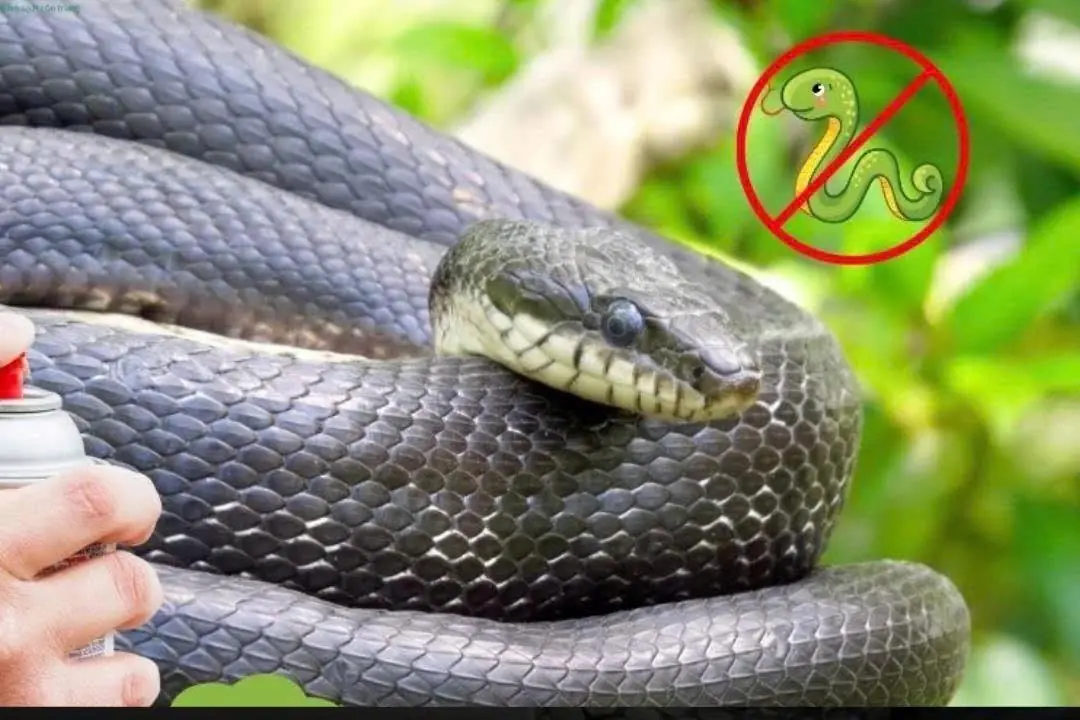
To prevent snakes from entering your house, you can apply the following methods.
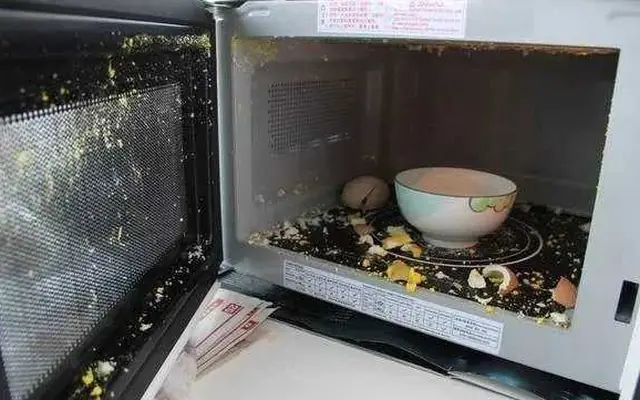
Never reheat these 5 items in the microwave!

How to Fix a Weak Toilet Flush at Home - No Technician Needed

This small fridge button can significantly cut your electricity bill
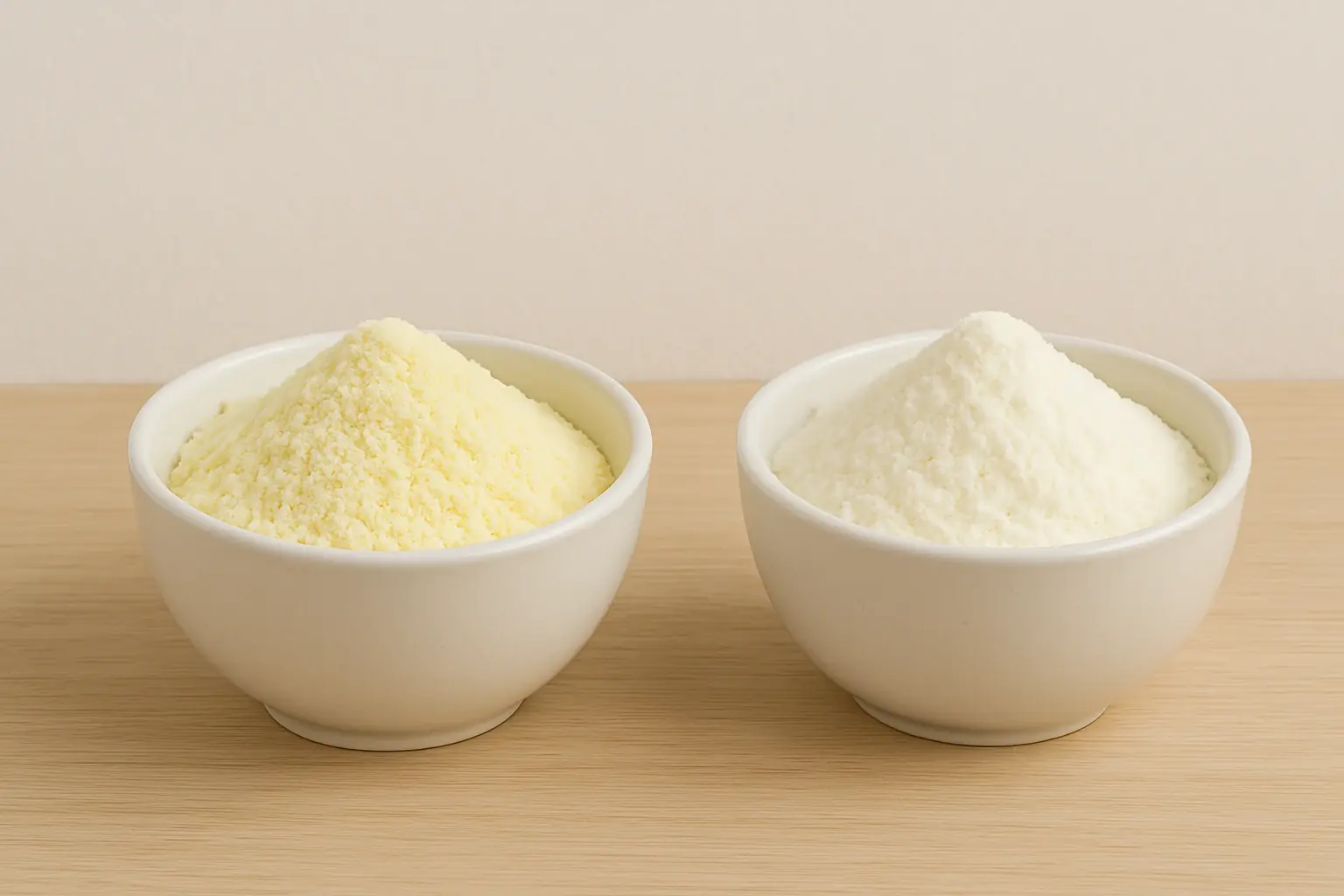
How to Tell Real Baby Formula from Fake: What Every Parent Needs to Know
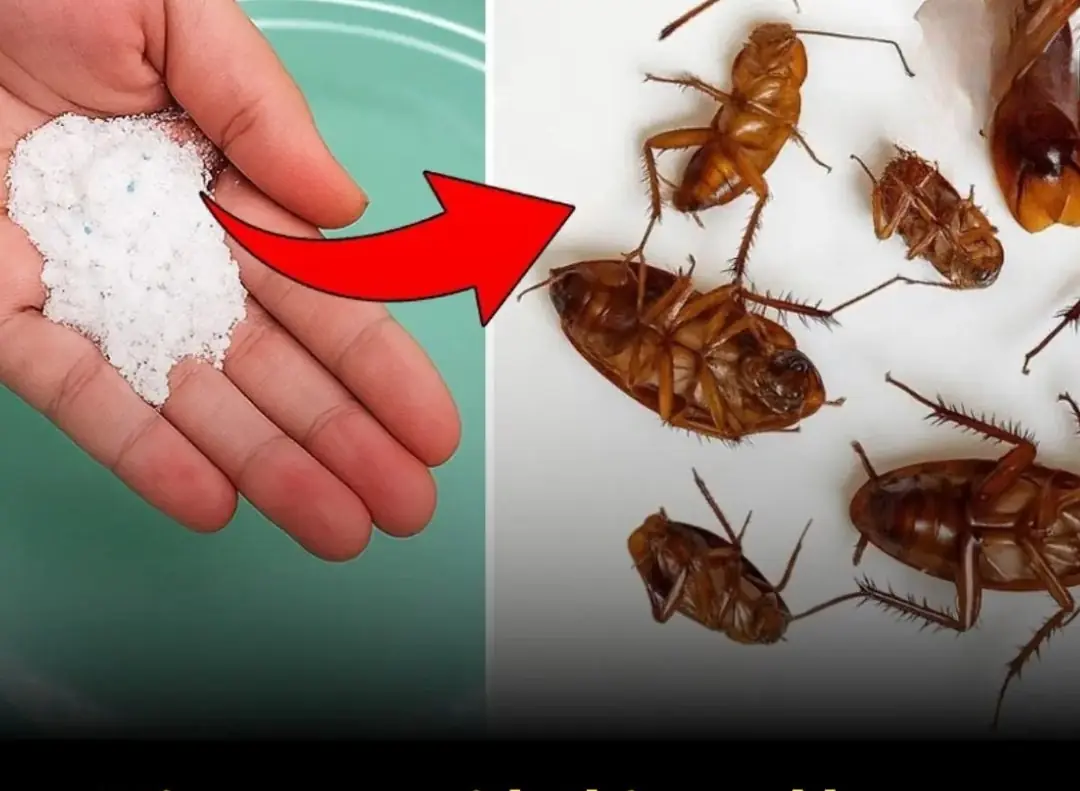
Smart tips to get rid of cockroaches and maintain a clean, fresh home
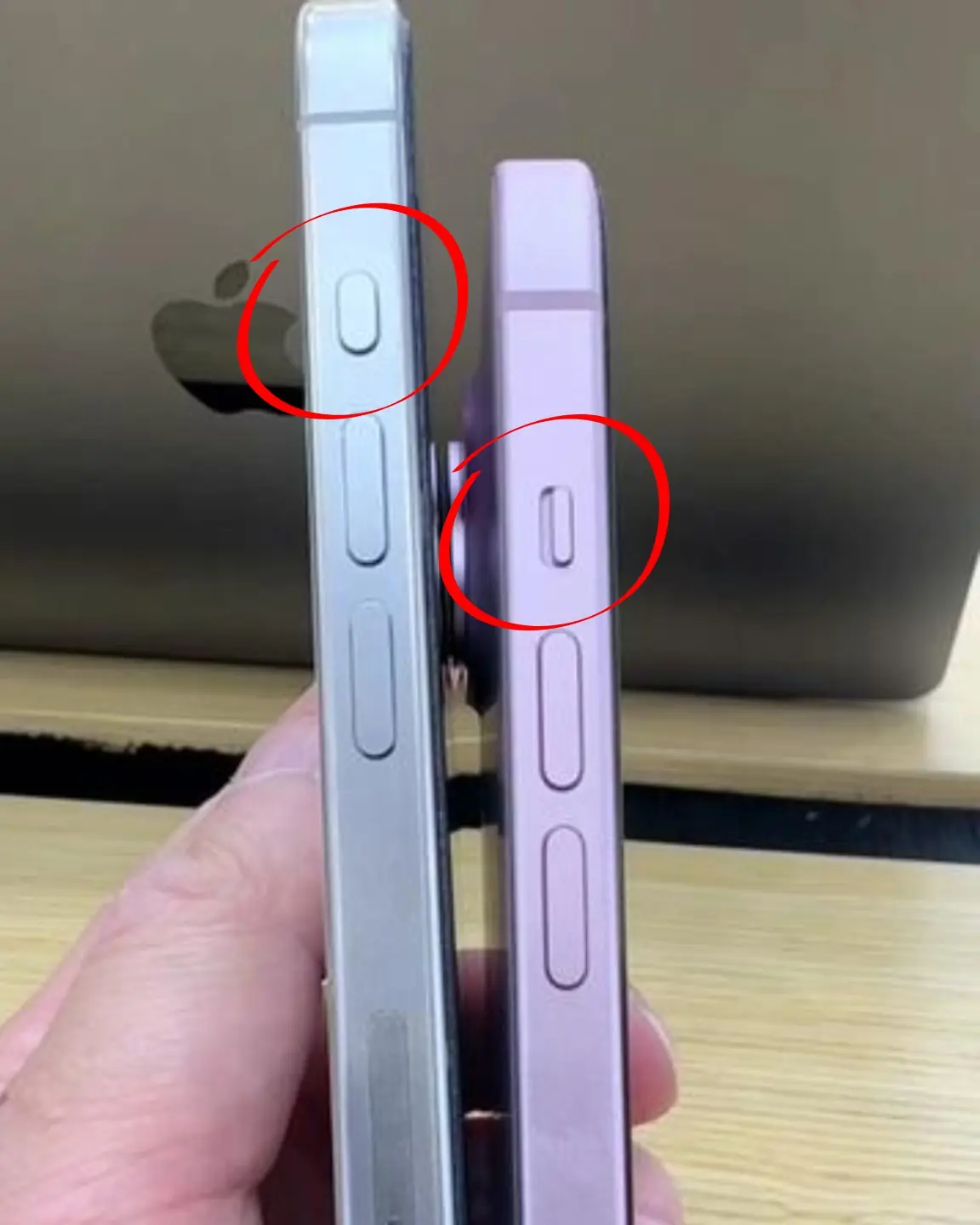
Your phone’s volume buttons can do more than you think - Here are 6 hidden tricks
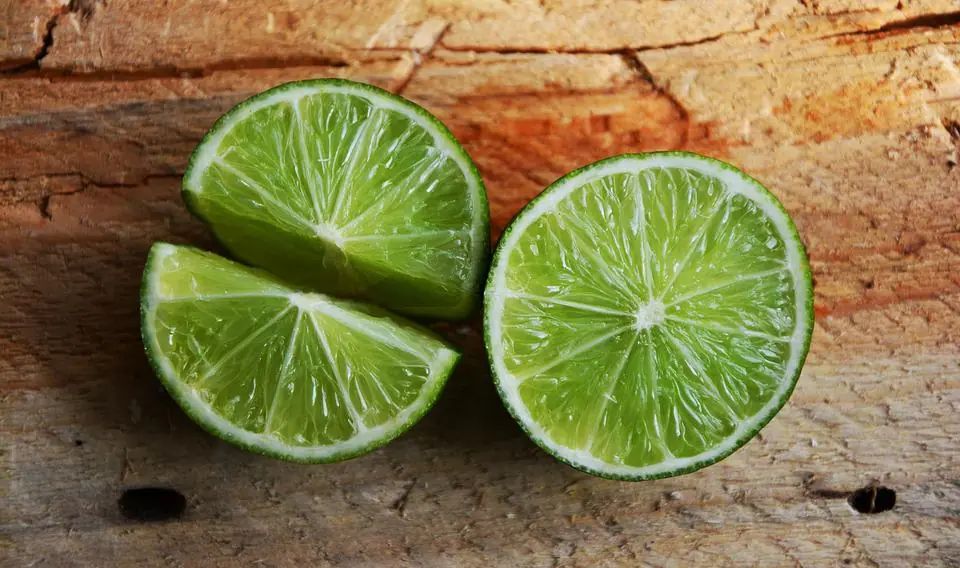
Don’t throw away lemon peels - Turn them into a powerful, natural cleaning solution for your home

If your partner leaves a clothespin on your shower head, make sure you know what it means
News Post
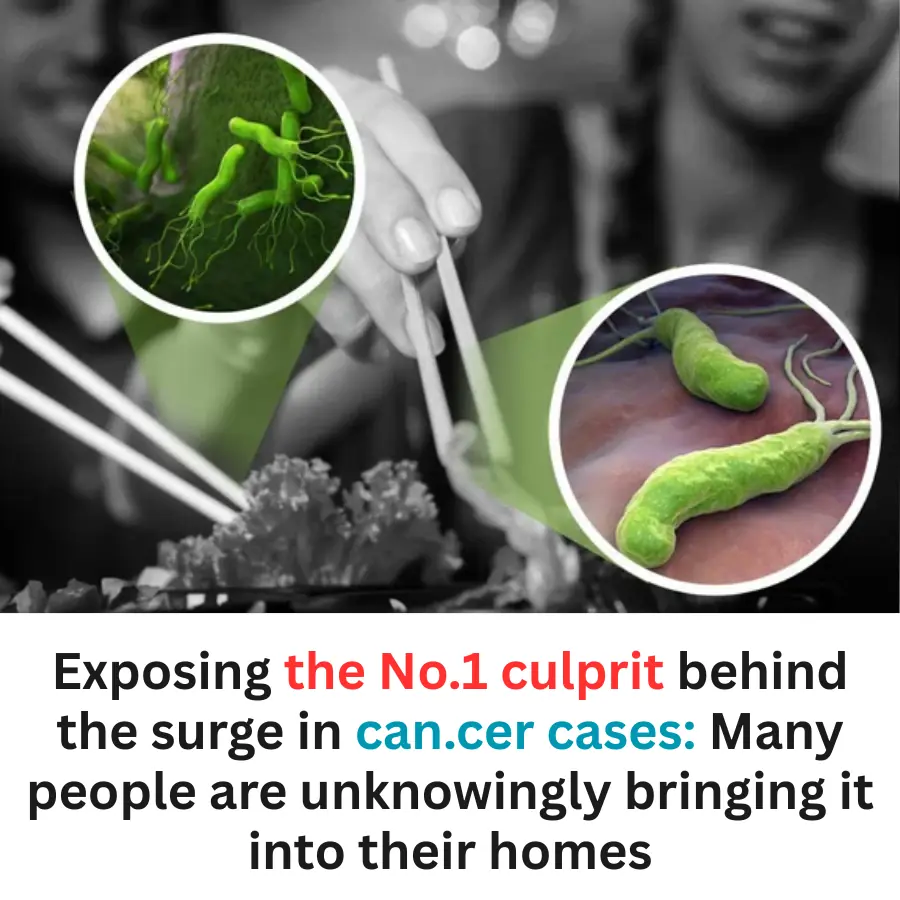
The No.1 Hidden Culprit Behind Rising Can.cer Rates: Many Families Are Unknowingly Exposed

Why should garlic be kept at the head of the bed?
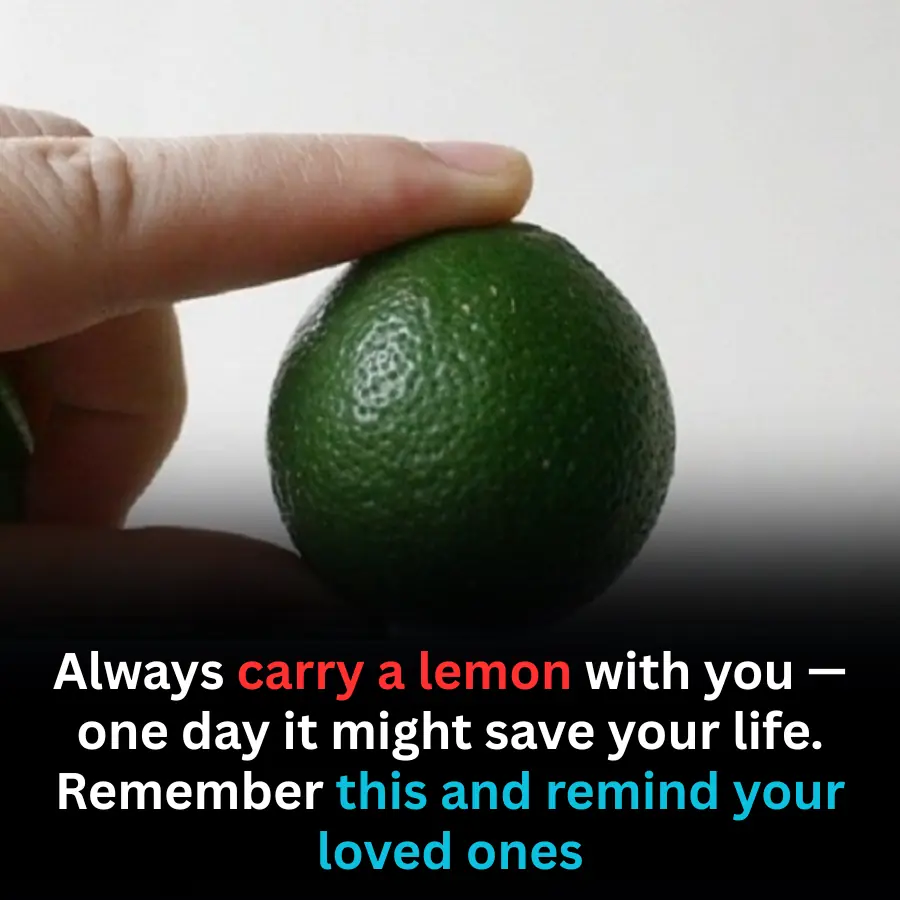
Why Carrying a Lemon Could Save Your Life One Day — A Simple Tip Everyone Should Know
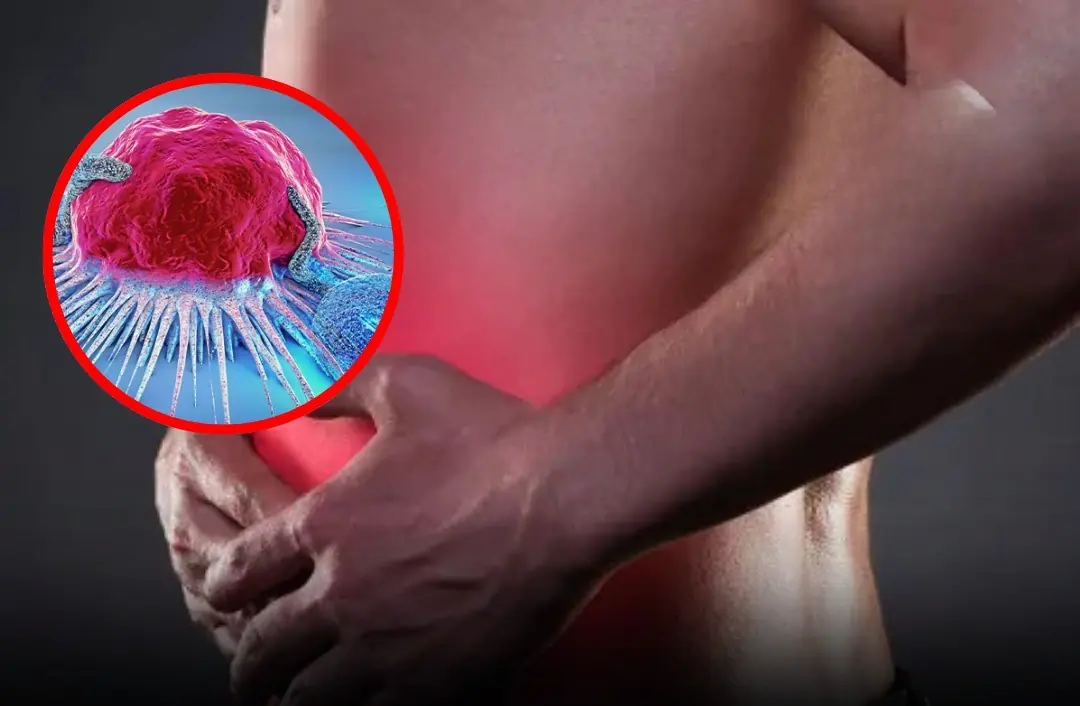
Feel Pain in These 3 Places? It Might Be an Early Can:cer Alert

The First Steps to Take After a Snake Bi:te

Doctors warn against these six types of fish, no matter how affordable they may seem.

4 Morning Mistakes That Increase Str.oke Ris.k
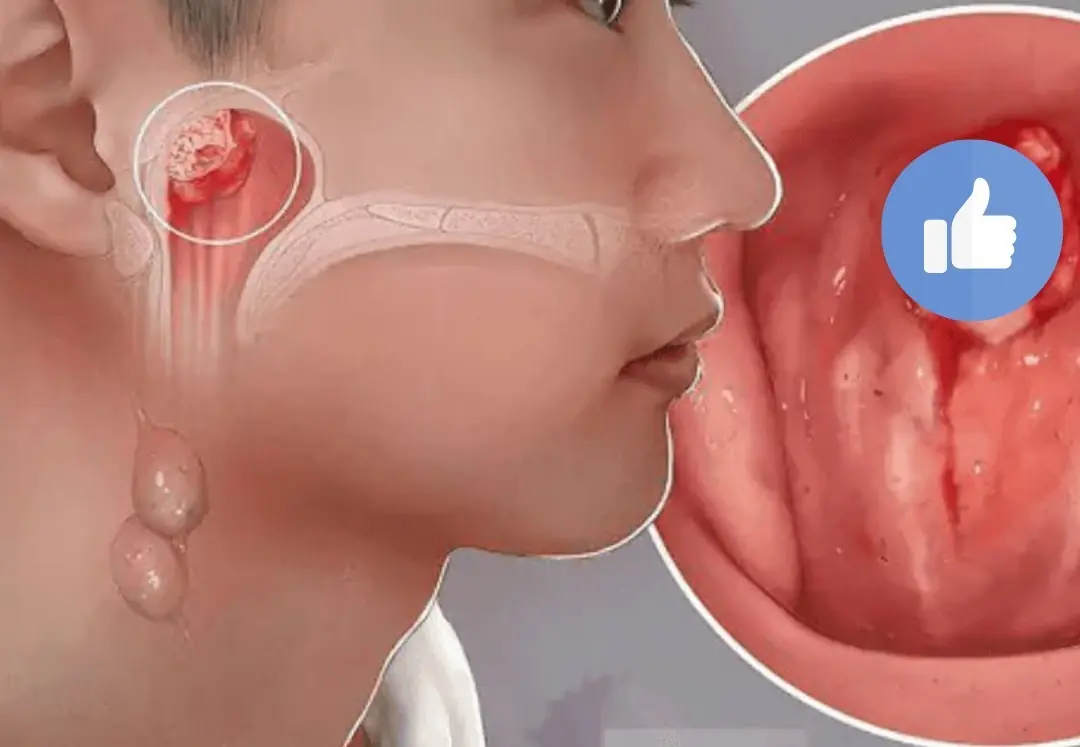
5 nose-related warning signs that may point to underlying dis.ea.ses
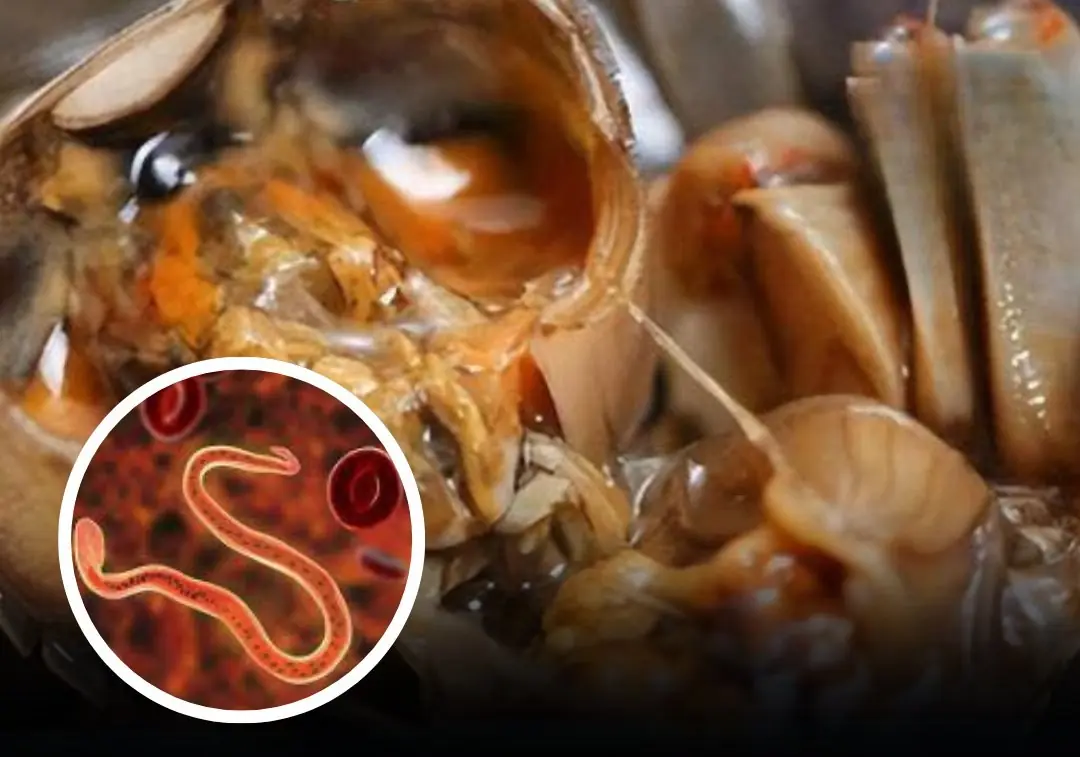
Sh:ocking Doctor’s Warning: You Might Be Eating Parasites in These 4 Common Foods

Here’s What It Really Means — and When It Signals a Problem
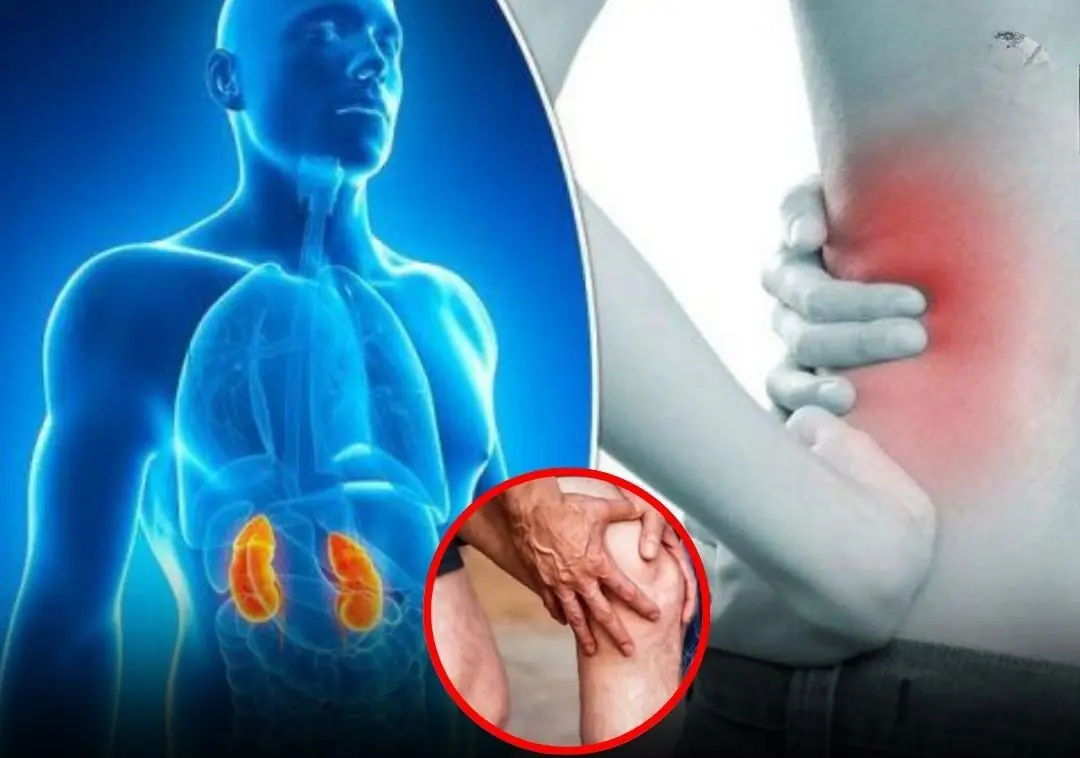
These 8 Subtle Symptoms Could Signal Kidney Failure and a Future of Lifelong Dialysis
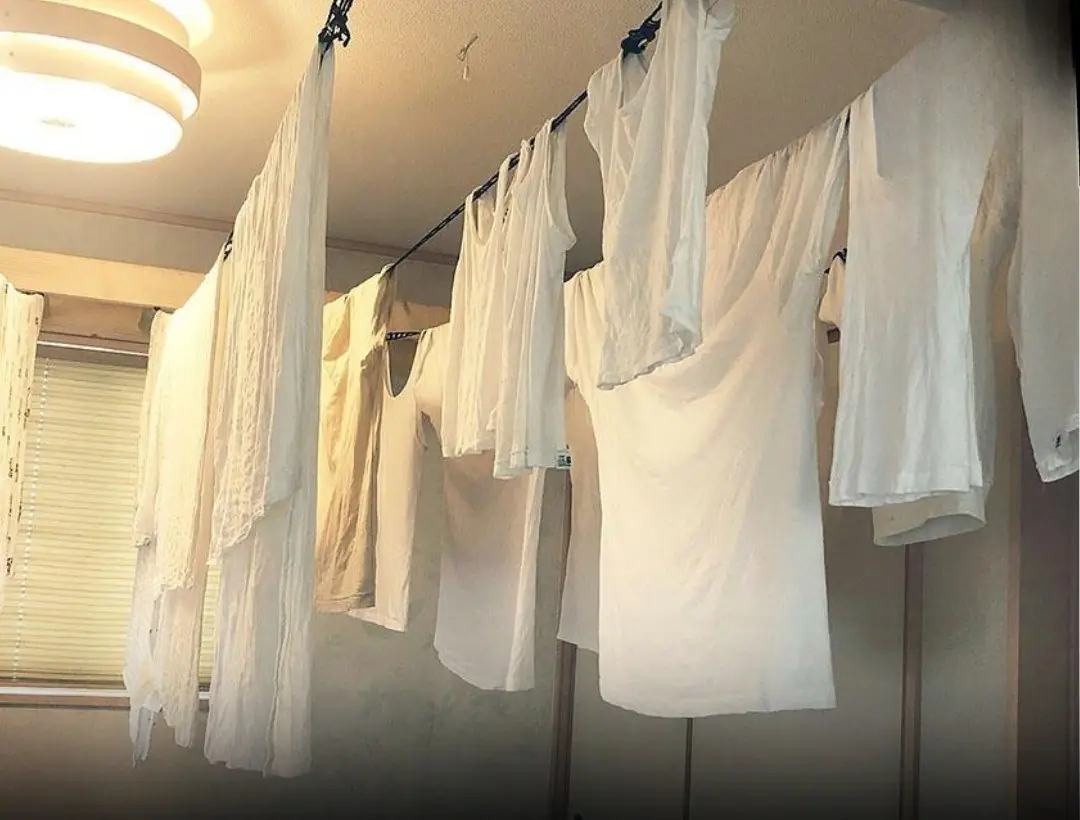
Japan’s hidden laundry technique: dries thick garments fast with 100% success
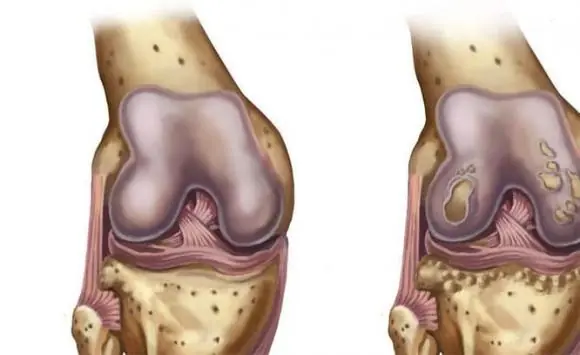
Three Drinks Known as “Calcium Depleters” That Many People Still Love: The More You Drink, the More Brittle Your Bones Become
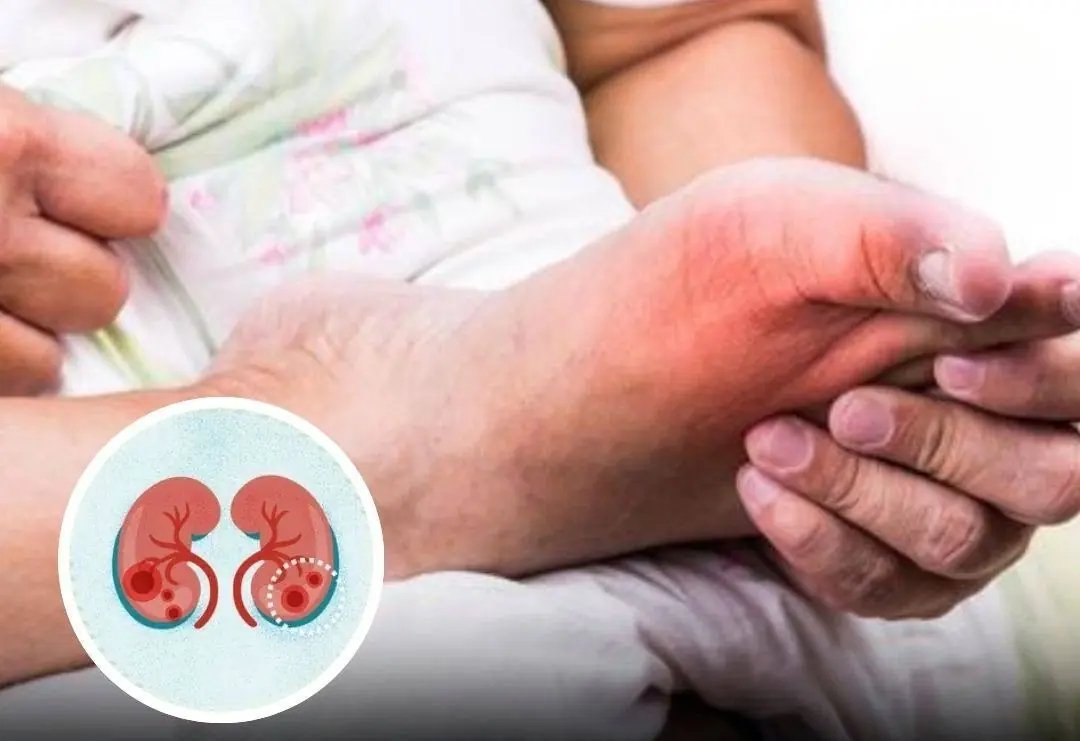
5 Odd Foot Symptoms That May Be Your Kid.neys’ Silent SOS
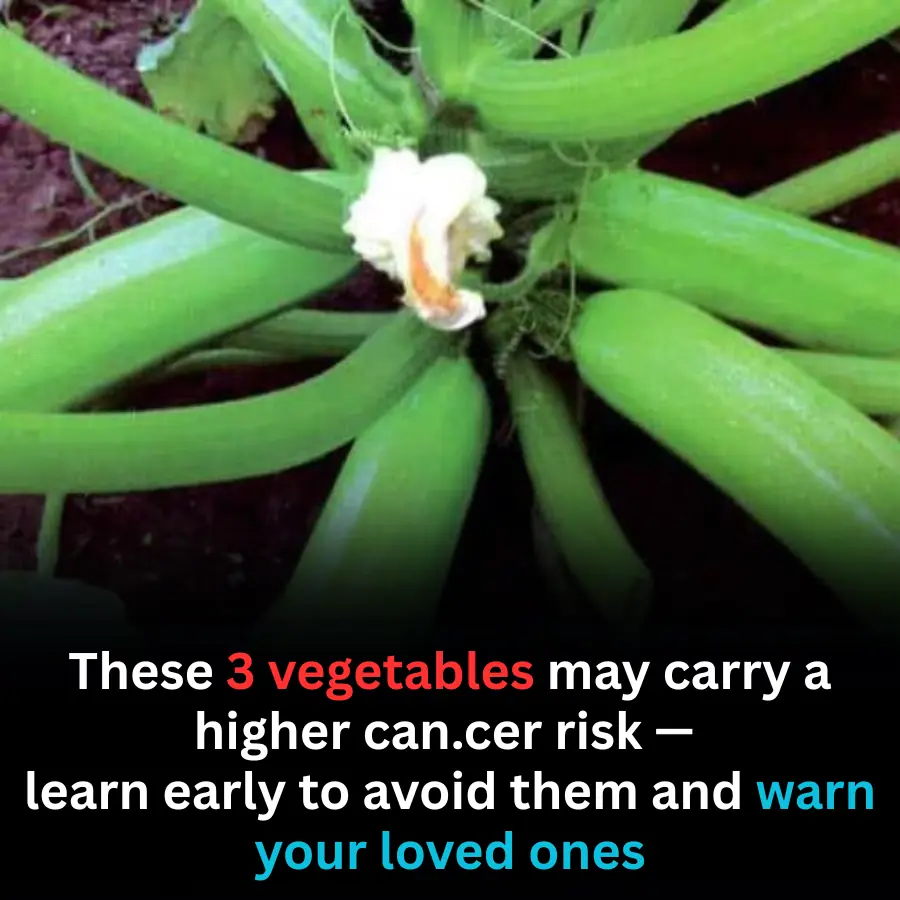
3 Vegetables That May Increase Can.cer Risk If Consumed Improperly — What You Need to Know
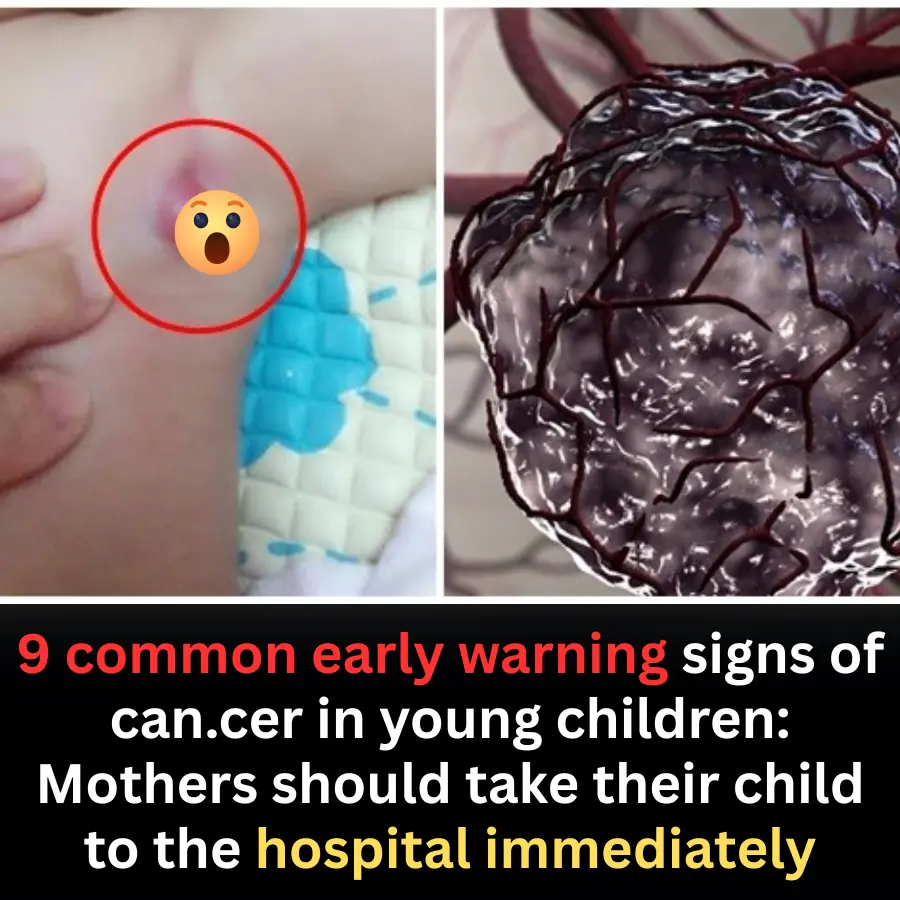
9 Common Early Warning Signs of Cancer in Young Children Parents Must Never Ignore

A 5-Year-Old Girl Diagnosed with End-Stage Cancer: A Stark Warning for Parents
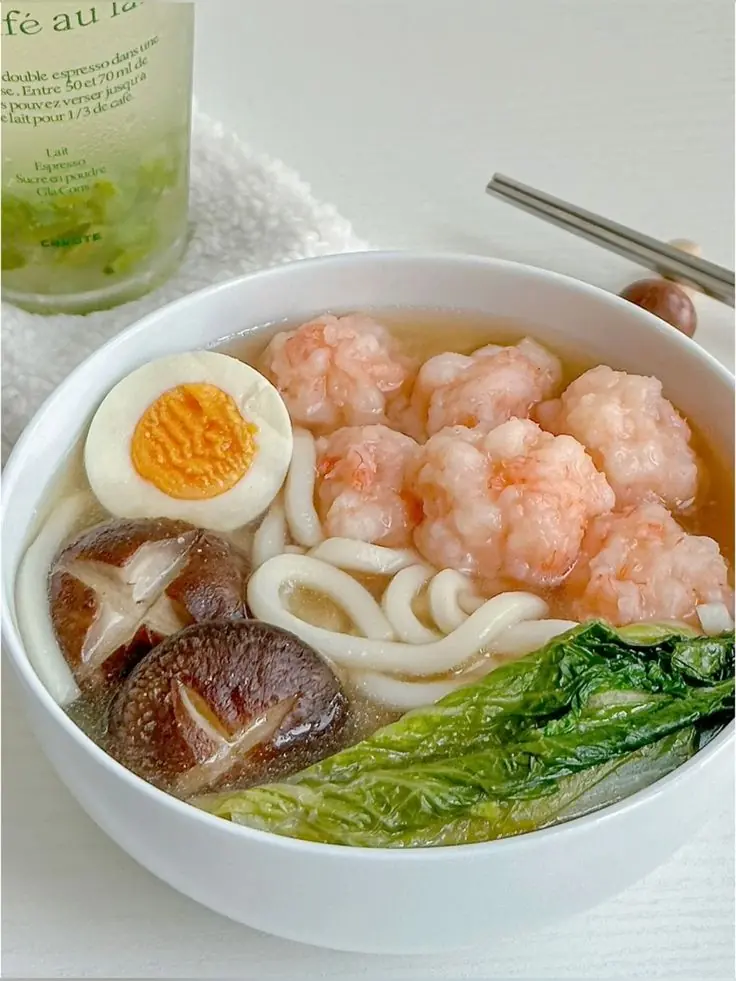
Shrimp Dumpling Udon Soup
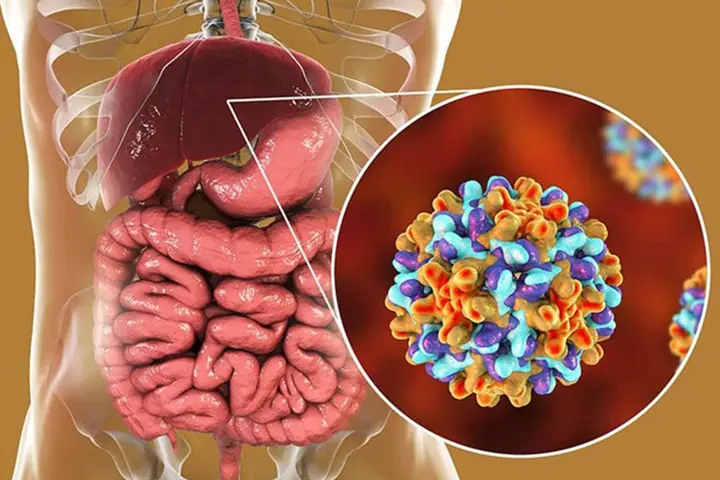
Four Conditions That Seem Harmless but Can Be Precursors to Can.cer
